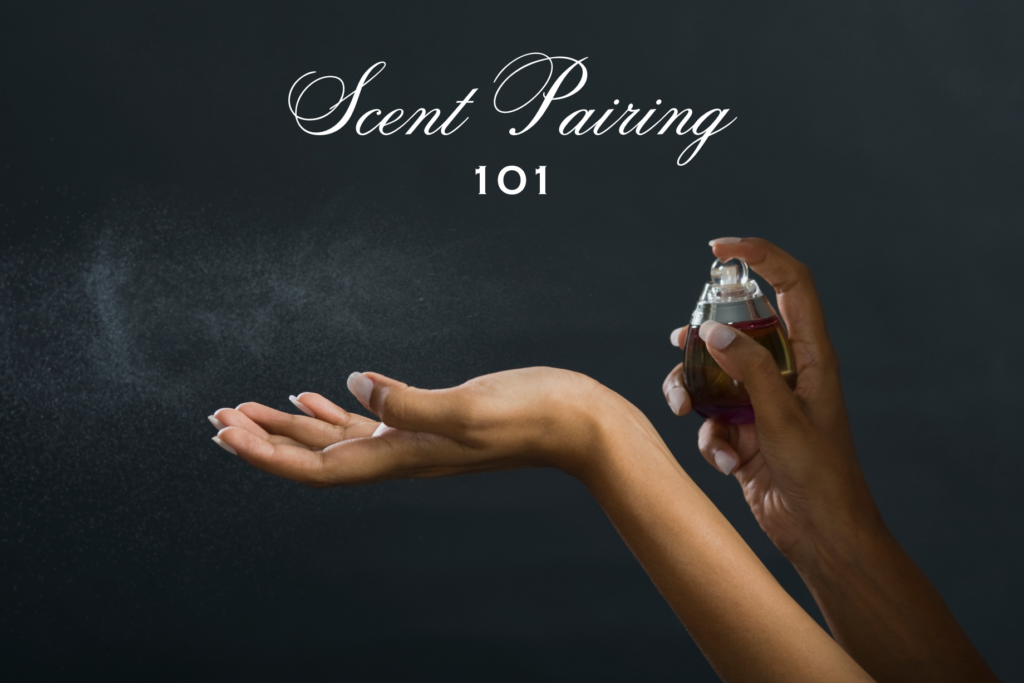Scent pairing, much like the art of creating a delectable culinary dish, involves combining different fragrances to achieve a harmonious and captivating olfactory experience. Just as certain flavors complement each other on the palate, specific scents can intertwine to create a delightful symphony for the nose. In this article, we will delve into the captivating world of scent pairing and explore tips and techniques to help you master the art of combining fragrances.
Understanding Fragrance Families
To begin your scent pairing journey, it is essential to familiarize yourself with different fragrance families. Common fragrance families include floral, citrus, oriental, woody, and fresh. Each family possesses its unique characteristics and notes. Understanding these families will serve as a foundation for creating complementary scent combinations.
Complementary Pairings
One approach to scent pairing is to combine fragrances from the same family or those with complementary notes. For instance, if you have a floral perfume with dominant rose notes, consider pairing it with a fragrance that features complementary floral notes like jasmine or violet. This combination enhances the overall floral bouquet, creating depth and complexity.
Contrasting Pairings
Contrasting pairings involve combining fragrances from different families to create a dynamic and intriguing olfactory experience. For example, you can pair a citrus-based perfume with a woody fragrance. The vibrant freshness of citrus complements the warm and earthy tones of wood, resulting in a well-balanced and captivating combination.
Layering Technique
Layering fragrances is another popular approach to scent pairing. It involves applying multiple perfumes simultaneously to create a unique and personalized scent. When layering, start with a lighter fragrance as the base and then add a more intense perfume on top. Experiment with different combinations to find the perfect balance and ensure that the fragrances harmonize rather than clash.
Consider Season and Occasion
The season and occasion can greatly influence your scent pairing choices. For warmer seasons, opt for lighter, fresh, and citrus-based fragrances to evoke a sense of vibrancy and vitality. In contrast, colder seasons call for richer and warmer scents, such as oriental or woody fragrances, which provide a cozy and may be more appropriate, while casual outings may call for light and playful combinations. Comforting experience. Additionally, consider the occasion and the mood you wish to convey. For formal events, elegant floral or sophisticated oriental scents.
Trust Your Nose
Ultimately, scent pairing is an art form that requires trust in your own senses. Allow your nose to guide you and experiment with different combinations. Take the time to test fragrances together on your skin to see how they interact and evolve over time. Remember, what works for one person may not work for another, so trust your intuition and personal preferences.
Conclusion
Scent pairing opens up a world of endless possibilities, allowing you to create your own olfactory masterpieces. Whether you choose to explore complementary pairings, contrasting combinations, or the art of layering, the key is to experiment, trust your nose, and embrace the joy of discovering new and captivating scent combinations. With practice and an open mind, you’ll unlock the secrets of scent pairing and embark on a fragrant journey that is uniquely yours.
Follow Us
